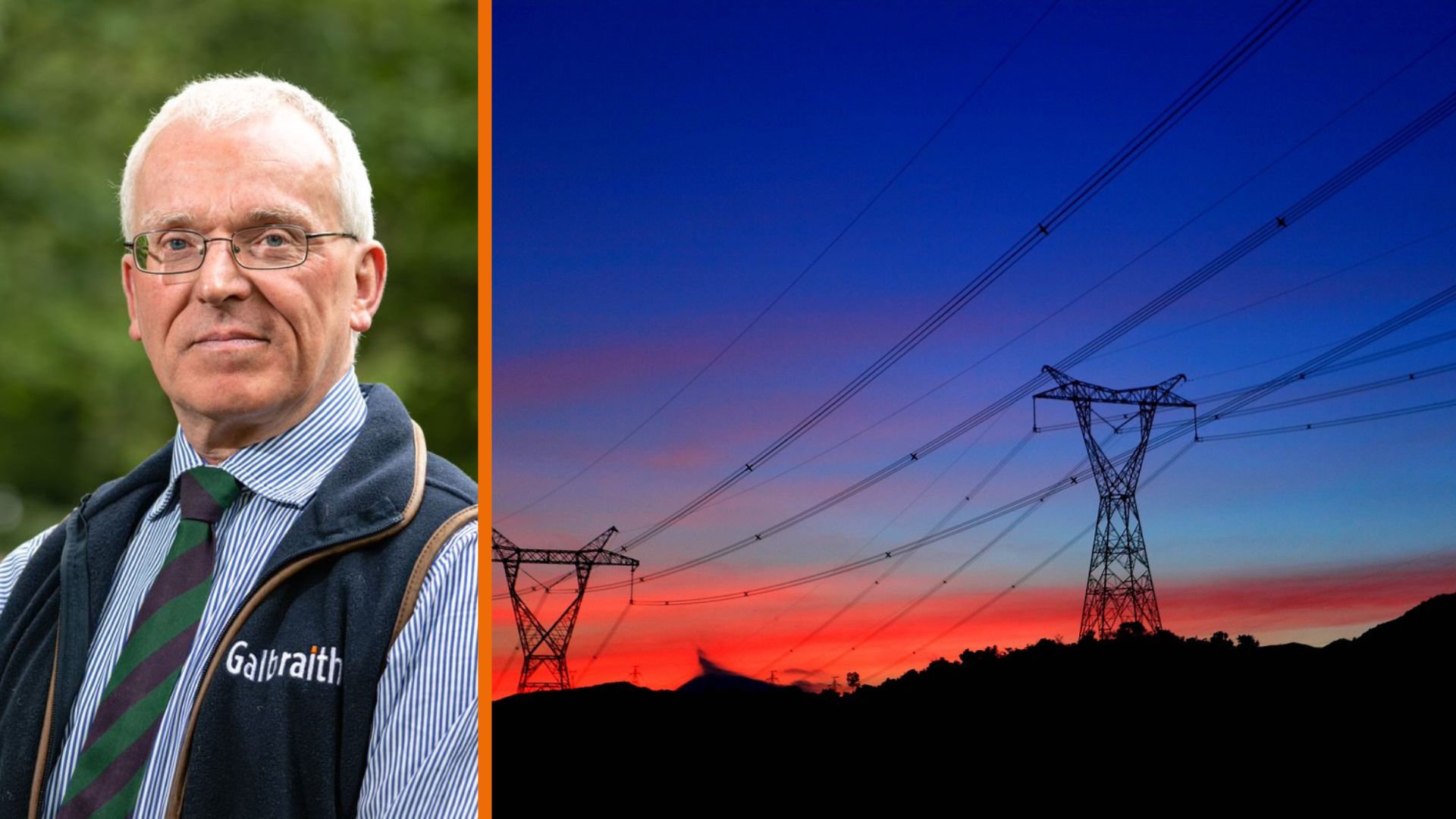Remaking the way electricity is transported to homes, factories and offices is a project you don’t hear discussed much – yet it’s crucial to Britain’s transition from reliance on fossil fuels for energy production to embracing renewable energy.
Transforming the grid — the network of cables, substations and transformers that carries electricity around regions and countries, and across borders – is among Britain’s biggest infrastructure projects, coming with a £54bn price tag. Involving 4,500 miles of overhead line and more than 900 miles of underground cable, it’s costlier than the stalled £18.6bn Heathrow expansion, and longer-running than Hinkley Point C nuclear power station. Like HS2 (whose budget ballooned to £72bn until the Birmingham to Manchester line was scrapped in September), the costs may rise.
The UK is legally committed to reducing greenhouse gas emissions by 100% of 1990 levels, i.e. to ‘net zero’ carbon, by 2050. Much of this will be delivered via wind power. However to meet the Government’s target of 50GW of offshore wind by 2030, the electricity industry must also deliver more than five times the amount of transmission infrastructure in the next seven years, than has been built in the past 30.
More recently, war in Europe and consequent higher energy bills have hit householders and businesses, prompting the Westminster Government to step up its plans for boosting energy independence, with targets of 11 gigawatts (GW) offshore and 12 GW onshore wind by 2030; a promise that can be delivered only with a properly functioning system of supply.
Achieving Government objectives will comprise an evolving jigsaw of components such as Eastern Green Link 2, a 2GW high-voltage direct current (HVDC) cable connecting Peterhead in Aberdeenshire to Drax in North Yorkshire. This is designed to overcome a Borders bottleneck, whereby only 6GW of electricity can be transmitted from north to south, despite Scotland having 10GW of wind capacity and accounting for 10% of British electricity demand. The undersea EGL2 will unlock Scotland’s renewable energy capacity to deliver clean energy for around 2m homes and the aim is to have this operational by 2029; government consent is already in place.
A recent report by Scottish Renewables points out that investment in the UK transmission network has "remained flat, and even decreased since 2017". The renewable market is being held back by an electricity grid designed for fossil fuels almost a century ago. Electricity firms looking to build new lines or pylons face protests, with groups such as the Strathpeffer and Contin Better Cable Route challenging power giant SSEN over the route chosen for a network of pylons that will run for about 100 miles from Spittal in Caithness to Beauly, near Inverness. Scottish Power and Scottish & Southern Energy, the regional electricity companies responsible for the grid are also profiting from such large renewable projects. It is these private companies who have failed to investment in infrastructure over past years and are now pressing for such new lines and seeking increased powers to force these through.
Nick Sharpe, director of communications and strategy at Scottish Renewables, has criticised groups and individuals who object to the construction of power lines, pylons and substations suggesting that they “largely do so because they do not like the way they look”. This however is unfair; the impact of such schemes is a valid planning objection and local involvement is essential.
Often projects are introduced and appear ill thought out. After planning to upgrade existing lines for the past seven years in May this year SSE introduced a controversial new line between Kintore-Fiddes-Tealing passing through historic Mearns farmland with little prior notice. A linear project of this nature risks the spread of potato cyst nematode across a key seed potato areas putting at risk an industry worth some £250m to the Scottish economy and employing some 2000 people. Although recent planning frameworks does not preclude development on prime agricultural land affected parties have good reason to doubt assurances regarding biosecurity. Scotland supplies about 77% of the seed for a £928 m industry across the UK and is responsible for exports worth in the order of £55m.
Currently households affected by such pylon projects but where no land is taken have no right to compensation and might be put into negative equity situations. Home buyer reports identify the concerns of potential purchasers regarding the proximity of pylons and there are already instances of properties being blighted by the announcement of new lines or substations. Suggestions of setting up local community funds do not address the legitimate concerns of affected parties.
Even when utility company engage with residents likely to be affected, they are also understandably concerned about costs. While operation and maintenance expenses are broadly the same for underground and overhead lines, capital build costs can vary greatly, potentially making buried cables several times more expensive.
On top of more capacity, grid administrators are aiming for greater flexibility, or doing more with limited resources. In June, UK Power Networks pledged to save its customers in London, the Southeast and East of England £410m over five years by using flexibility to deliver network capacity at lower cost than building new infrastructure.
Electricity storage will play a big role in reshaping the grid, as it is needed address intermittency – the problem of what to do with excess energy generated by wind and solar at times of little relative demand. One difficulty is the multitude of storage types are mostly in the early stages of technical development, and grid administrators are delaying investment decisions pending the emergence of winners – whether advanced pumped-hydro, green hydrogen, gravity storage or one of several battery types.
However, the need to boost grid capacity and achieve balanced distribution will only grow with the move to renewables. On- and offshore wind power has provided a tremendous boost to UK green energy supply and to the Scottish economy in particular. Yet on the windiest days, generation is deliberately capped to prevent turbine damage. Worse than the wasted energy is the fact of curtailment – paying windfarm owners to turn them off.
Aware that some measures will cause disruption and likely involve higher utility prices, National Grid, the company with primary responsibility for Britain’s transmission and distribution network, is making a virtue of what it calls the Great Grid Upgrade, partly to persuade the public of the need for change. Public consultation is a key component in delivery of net zero.
To read the latest opinions from our experts in Energy Matters | Winter edition 2023/24

